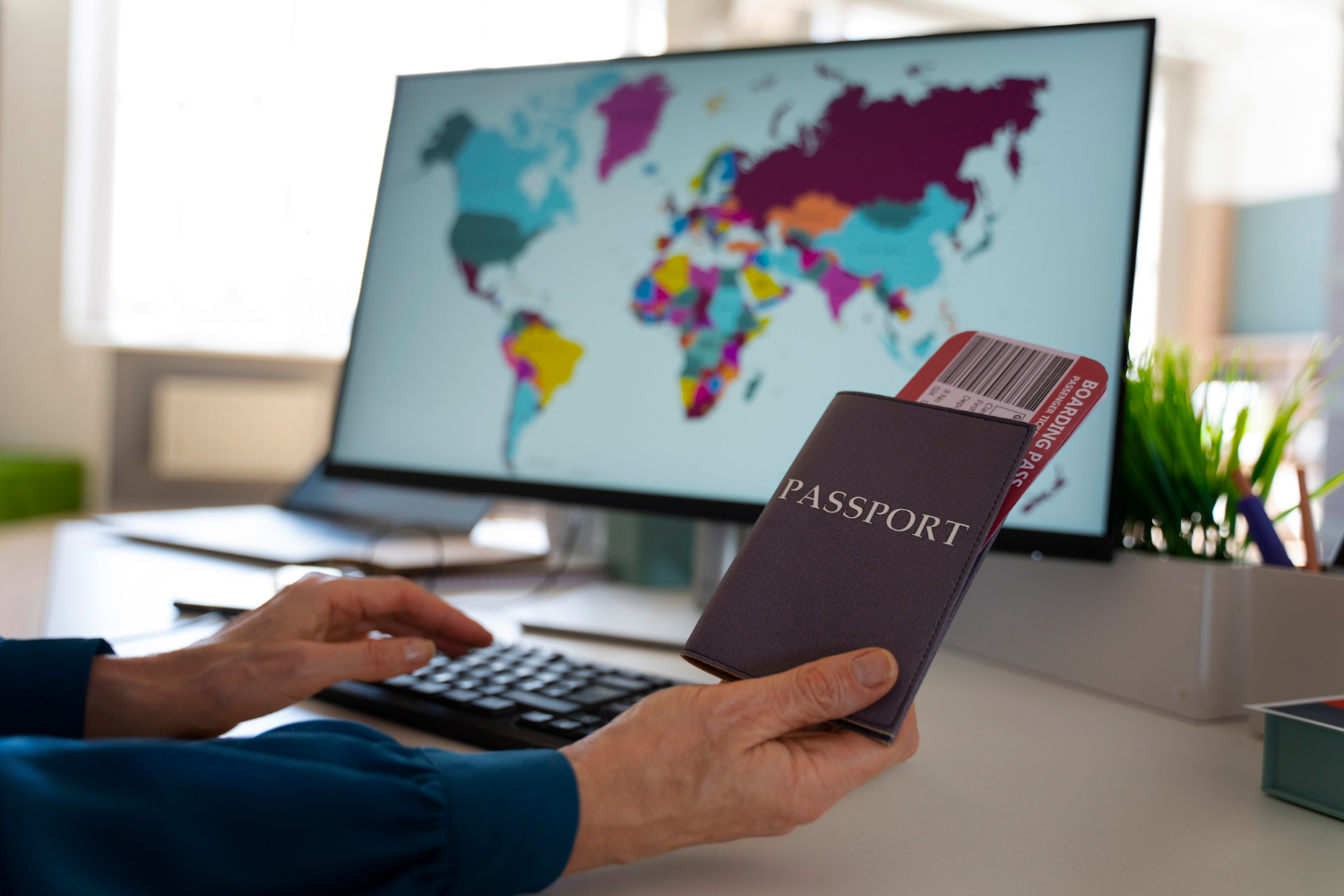Bringing a loved one to the United States is a big dream for many families; however, navigating the immigration system can feel like a puzzle with too many pieces. If you are ready to sponsor a family member, you need to understand the process and make sure you have all the correct documents. If all of this sounds overwhelming, do not worry because you are not alone, and you are definitely not the first person to feel overwhelmed by the paperwork and waiting times. The good news is that with a little patience and some know-how, you can make the process a lot smoother. Let us go through the steps to family sponsorship and get your family reunion in the works.
Determine Who You Can Sponsor
You need to make sure you are eligible to sponsor a family member. The rules can be a little tricky. If you are a U.S. citizen, you have more options because you can sponsor your spouse, children, parents, or even your siblings. However, if you are a lawful permanent resident (that means you have a green card), your options are a bit more limited. You can only sponsor your spouse or unmarried children.
Your family members must also be eligible. This is where things, such as background checks, medical exams, and their immigration history, come into play. For example, if a family member has a criminal record or has violated immigration laws in the past, this might cause some bumps along the way.
File the I-130 Form (The Petition for Alien Relative)
Now that you have figured out who you can sponsor, it is time to start the official process by filing the I-130 form. You will need to prove that you are a U.S. citizen or green card holder by providing documents like your birth certificate or passport.
You will also need to prove your relationship with the person you are sponsoring. If it is your spouse, you will need to provide a marriage certificate. If you are sponsoring your child, then a birth certificate will do the trick. These documents are key to demonstrating the family ties are legitimate.
The Waiting Game
Once the petition is filed, you will need to wait. And wait some more. Patience will become your best friend. Depending on the type of relative you are sponsoring and where they are from, the wait time can range from several months to a few years. Immediate family members (like spouses or children) typically have shorter wait times than more distant relatives, such as siblings.
Apply for a Green Card
Once your petition is approved, your family member can apply for a green card. If they are already in the United States, they can apply to adjust their status to permanent resident. If they are outside the country, they will have to go through consular processing, which means visiting a U.S. embassy or consulate for an interview. They will need to bring proof of everything from their identity to their health status, and this will include results from a required medical exam.
Prepare for the Interview
The interview can feel nerve-wracking, but it is not as scary as it sounds. The purpose of the interview is to confirm the relationship and check that everything in the application is legitimate. For example, if you are sponsoring your spouse, they may ask questions about your relationship to make sure it is genuine.
Get the Green Light (or Green Card!)
Once the interview is done, and if everything checks out, your family member will be approved for a green card. If they are overseas, they will receive a visa to enter the United States, and the green card will follow shortly after they arrive. If they are already in the U.S., the green card will be mailed to them.
Family sponsorship can be a long road, but the payoff is well worth it when your loved one finally joins you. By understanding the steps, gathering the right paperwork, and practicing a little patience, you can navigate the U.S. immigration system without losing too much sleep.

